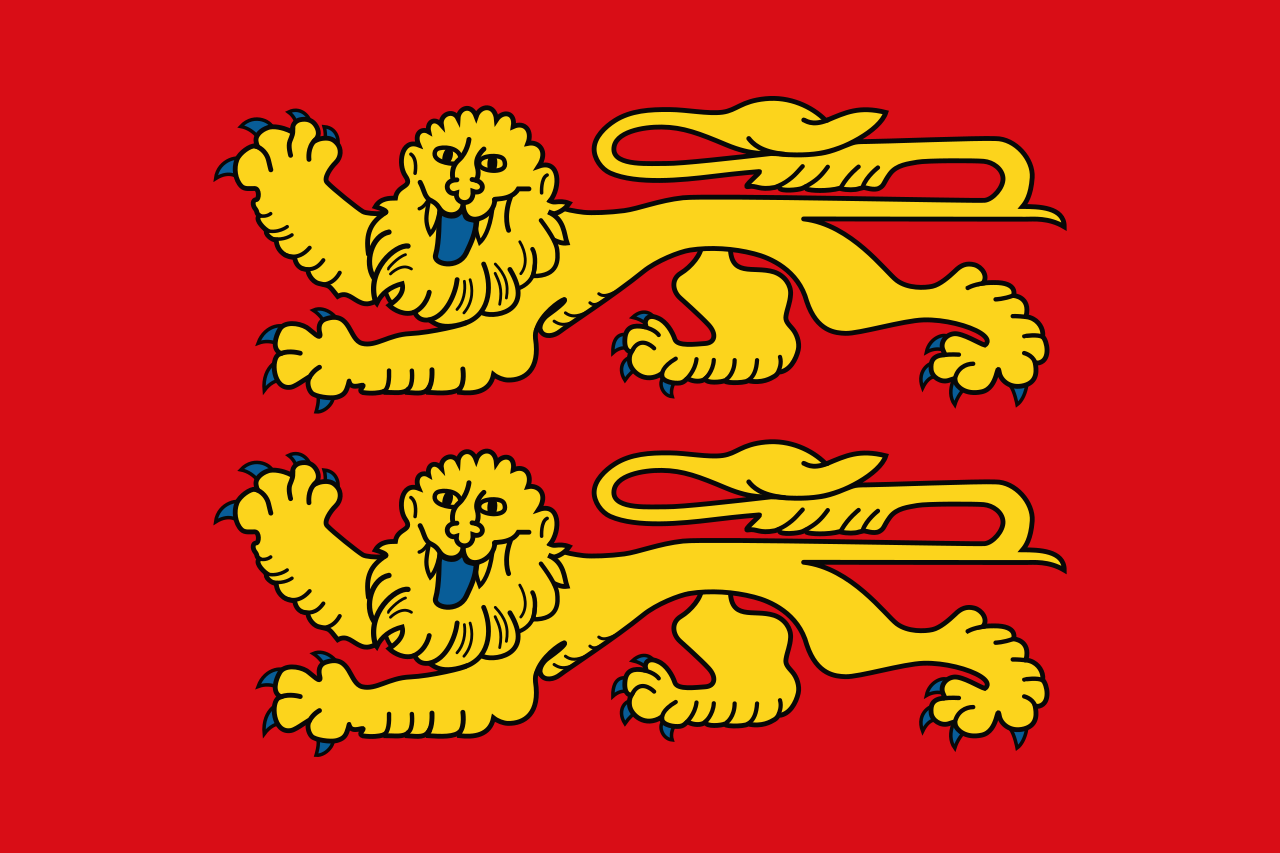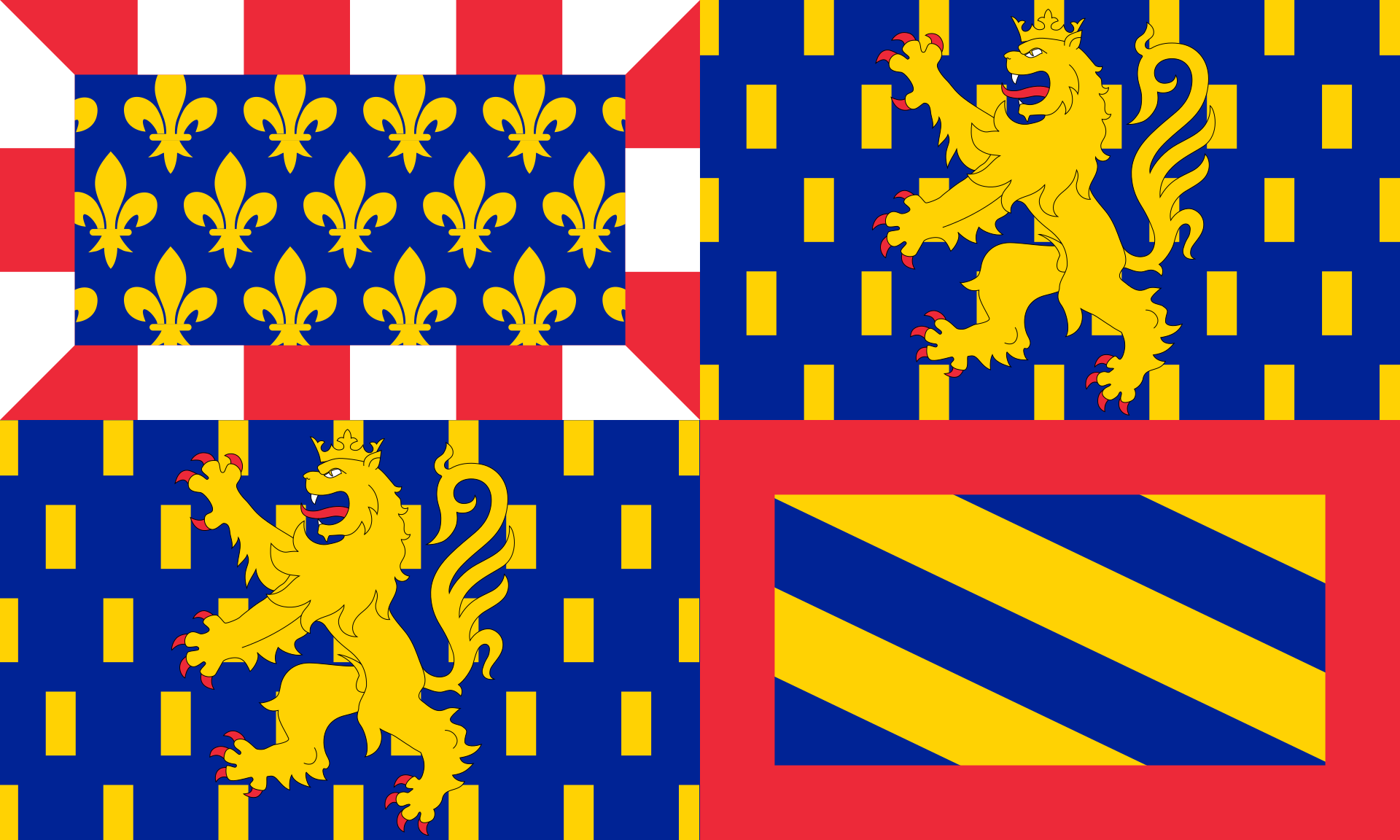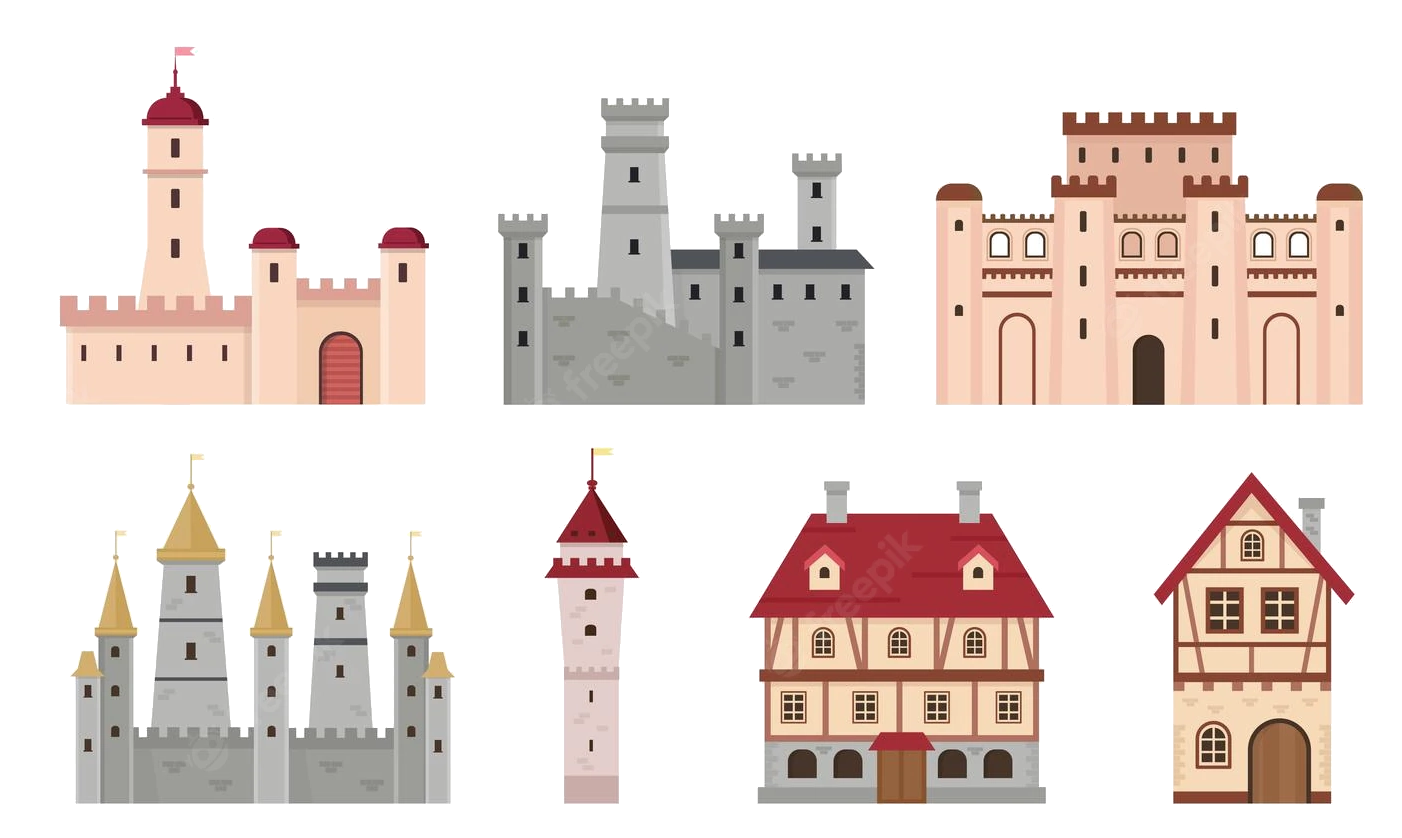
漢德百科全書 | 汉德百科全书
 Normandie
Normandie

Rouen [ʀwɑ̃] ( Hörbeispiel?/i, lateinisch Rothomagus, altfränkisch/althochdeutsch Rodomo, Rudaburg, altenglisch Roðem, altnordisch Ruþaborg) ist eine Gemeinde und Hafenstadt mit 112.321 Einwohnern (Stand 1. Januar 2019) im Norden Frankreichs. Sie ist der Sitz der Präfektur des Départements Seine-Maritime, der Region Normandie und des Erzbistums Rouen, Primas der Normandie[1] und des Kommunalverbands Métropole Rouen Normandie.
Hörbeispiel?/i, lateinisch Rothomagus, altfränkisch/althochdeutsch Rodomo, Rudaburg, altenglisch Roðem, altnordisch Ruþaborg) ist eine Gemeinde und Hafenstadt mit 112.321 Einwohnern (Stand 1. Januar 2019) im Norden Frankreichs. Sie ist der Sitz der Präfektur des Départements Seine-Maritime, der Region Normandie und des Erzbistums Rouen, Primas der Normandie[1] und des Kommunalverbands Métropole Rouen Normandie.
鲁昂(法语:Rouen,法语:[ʁwɑ̃] ( 聆听)或[ʁuɑ̃]),法国西北部城市,诺曼底大区滨海塞纳省的一个市镇,同时也是所在大区的首府及所在省的省会,下辖鲁昂区[1]。鲁昂位于滨海塞纳省中南部,塞纳河两岸[2],其市镇面积为21.38平方公里,2019年1月1日时的人口数量为112,321人,在法国城市中排名第37位,是诺曼底地区的第二大城市,仅次于勒阿弗尔,超过卡昂。
聆听)或[ʁuɑ̃]),法国西北部城市,诺曼底大区滨海塞纳省的一个市镇,同时也是所在大区的首府及所在省的省会,下辖鲁昂区[1]。鲁昂位于滨海塞纳省中南部,塞纳河两岸[2],其市镇面积为21.38平方公里,2019年1月1日时的人口数量为112,321人,在法国城市中排名第37位,是诺曼底地区的第二大城市,仅次于勒阿弗尔,超过卡昂。
鲁昂是法国艺术与历史之城,自高卢-罗马时期起便已成为塞纳河下游的中心城市,中世纪时成为诺曼底公国的首府,英法百年战争时期法兰西民族英雄圣女贞德在此就义,二战时期鲁昂遭到严重破坏,后恢复重建,并发展成为法国重要的重工业城市、科教中心和交通枢纽。









Die Käsestraße der Normandie findet man im Pays d’Auge, einer hauptsächlich in den Départements Calvados und Orne gelegenen Landschaft. Sie dient der touristischen Vermarktung von vier AOP-Käsesorten, die allesamt aus pasteurisierter oder roher Kuhmilch hergestellte Weichkäsesorten sind: Camembert, Livarot, Pont-l’Évêque und Neufchâtel.
Der zylinderförmige, sehr kräftig schmeckende Livarot kommt aus dem gleichnamigen Ort im Département Orne. Hier findet jedes Jahr am ersten Augustwochenende der große Käsemarkt von Livarot statt. In der Käserei Fromagerie de Livarot kann man nach vorheriger Anmeldung an einer Führung teilnehmen, und das Schlösschen Manoir de l’Isle beherbergt ein Käsemuseum, in dem es eine rekonstruierte traditionelle Molkerei und Käserei zu besichtigen gibt. Weitere AOP-Käsesorten sind der herzförmige Neufchâtel aus Neufchâtel en Bray im Département Seine-Maritime und der quadratische, würzig schmeckende Pont-l’Évêque.
Auf Höhe des Dörfchens Camembert geht die Käsestraße der Normandie in die sogenannte Camembert-Straße (Route du Camembert) über. Hier gibt es gleich zwei Käse-Museen: das Maison du Camembert und die Ferme Président mit Film und Ausstellung. Auf den Bauernhöfen Ferme de la Herronière und Ferme du Tordouet kann man bei der Herstellung des Camemberts zuschauen. Und vier Kilometer von Camembert entfernt, in Vimoutiers, befindet sich ein weiteres kleines Camembert-Museum.

 Energy resource
Energy resource

 Energy resource
Energy resource
 *Electrical power
*Electrical power

 Energy resource
Energy resource
 Nuclear power plants
Nuclear power plants
 France
France

 Normandie
Normandie

 Economy and trade
Economy and trade


 Energy resource
Energy resource

 Energy resource
Energy resource
 *Electrical power
*Electrical power

 Energy resource
Energy resource
 Nuclear power plants
Nuclear power plants
 France
France

 Normandie
Normandie

 Bourgogne
Bourgogne

 Bourgogne-Franche-Comté
Bourgogne-Franche-Comté
 Champagne-Ardenne
Champagne-Ardenne
 France
France

 Grand Est
Grand Est

 Ile-de-France
Ile-de-France

 Normandie
Normandie

 2024 Summer Olympics
2024 Summer Olympics
 Seine
Seine

 World Heritage
World Heritage


Die Seine ([sɛn]; auf Französisch; lateinisch/keltisch Sequana) ist ein Fluss in Nordfrankreich. Sie entspringt in der Region Bourgogne-Franche-Comté, fließt von Osten nach Westen und mündet bei Le Havre in den Ärmelkanal. Mit 777 Kilometern[2] Länge ist sie neben der Loire (1004 Kilometer) und den ineinander übergehenden Flussverläufen von Doubs, Saône und Rhône (insgesamt 1025 Kilometer) einer der längsten Flüsse Frankreichs. Das Einzugsgebiet der Seine umfasst etwa 78.650 km².
Wichtige Städte an der Seine sind Paris, Troyes und Rouen. In Paris und Rouen befinden sich die wichtigsten Binnenhäfen Frankreichs. Über Kanäle ist die Seine mit Schelde, Maas, Rhein, Saône und Loire verbunden. Am Unterlauf des Flusses im Gebiet der Normandie haben sich für einen Fluss dieser Wasserführung außergewöhnlich große Talschleifen gebildet. Die schiffbare Länge (bis Nogent-sur-Seine) beträgt 560 km. Seeschiffe können den Fluss bis Rouen (120 km im Landesinneren) befahren.
Das Seineufer von Paris steht auf der Liste des Weltkulturerbes der UNESCO.
塞纳河主流源头位于勃艮第地区,科多尔省的首府第戎西北30公里的朗格勒高原,流经奥布省的首府特鲁瓦,穿过巴黎市中心,经过诺曼底的鲁昂,到达勒阿弗尔入海,流入拉芒什海峡(英语称为英吉利海峡)。
北部支流有马恩河、瓦兹河、奥布河;南部支流有约纳河、厄尔河。通过17世纪-18世纪修建的运河,可以沟通莱茵河的支流默兹河,法国南部主要河流罗讷河的支流索恩河,以及法国第一大河卢瓦尔河,吃水浅的船只可以直接航行到比利时、德国和地中海。上游马恩河和奥布河流域是香槟酒的主要产区。
塞纳河流域地势平坦,从巴黎到河口365公里,坡降只有24米,因此水流缓慢,利于航行。整个流域降水量为630-760毫米,平均流量为280立方米/秒,夏季水位低,冬季水位高,和中国的情况相反。上游建有几座水库,调节流量,但主要是为下游城市用水蓄水,巴黎的1/2用水,勒阿弗尔和鲁昂的3/4用水,都来自塞纳河。
セーヌ川(セーヌがわ、Seine)は、フランスを流れる河川である。流域も全体がフランスに属している。全長780kmは、フランスではロワール川に続いて第二の長さ[1]である。
ディジョンの北西30kmの海抜471mの地点に源を発し北西に向かい、パリを流れ、ル・アーヴルとオンフルールの間のセーヌ湾に注ぐ。
中下流部は大きく蛇行した流れが特徴で、パリを抜けるあたりから何度も繰り返す。ジヴェルニー、ヴェルノンの付近は、しばらく治まるが、ルーアンの近辺で再び蛇行が始まる。
河口付近の川幅は大きく広がっており、湾と言っても差し支えないほどである。ル・アーヴルとオンフルールの間に、1995年にノルマンディー橋が完成するまでは、両市の陸上交通は、さらに20kmほど上流のタンカルヴィル橋まで遡らなければならなかった。
The Seine (/seɪn/ SAYN, French: [sɛːn] (![]() listen)) is a 777-kilometre-long (483 mi) river and an important commercial waterway within the Paris Basin in the north of France. It rises at Source-Seine, 30 kilometres (19 mi) northwest of Dijon in northeastern France in the Langres plateau, flowing through Paris and into the English Channel at Le Havre (and Honfleur on the left bank).[1] It is navigable by ocean-going vessels as far as Rouen, 120 kilometres (75 mi) from the sea. Over 60 percent of its length, as far as Burgundy, is negotiable by commercial riverboats, and nearly its whole length is available for recreational boating; excursion boats offer sightseeing tours of the river banks in Paris, lined with top monuments including Notre-Dame, the Eiffel Tower, the Louvre Museum and Musée d'Orsay.[2]
listen)) is a 777-kilometre-long (483 mi) river and an important commercial waterway within the Paris Basin in the north of France. It rises at Source-Seine, 30 kilometres (19 mi) northwest of Dijon in northeastern France in the Langres plateau, flowing through Paris and into the English Channel at Le Havre (and Honfleur on the left bank).[1] It is navigable by ocean-going vessels as far as Rouen, 120 kilometres (75 mi) from the sea. Over 60 percent of its length, as far as Burgundy, is negotiable by commercial riverboats, and nearly its whole length is available for recreational boating; excursion boats offer sightseeing tours of the river banks in Paris, lined with top monuments including Notre-Dame, the Eiffel Tower, the Louvre Museum and Musée d'Orsay.[2]
There are 37 bridges within Paris and dozens more spanning the river outside the city. Examples in Paris include the Pont Alexandre III and Pont Neuf, the latter of which dates back to 1607. Outside the city, examples include the Pont de Normandie, one of the longest cable-stayed bridges in the world, which links Le Havre to Honfleur.
La Seine (prononcé [ˈsɛn]) est un fleuve français, long de 776,6 kilomètres1, qui coule dans le Bassin parisien et arrose notamment Troyes, Paris, Rouen et Le Havre. Sa source se situe à 446 m d'altitude2 à Source-Seine, en Côte-d'Or, sur le plateau de Langres. Son cours a une orientation générale du sud-est au nord-ouest. La Seine se jette dans la Manche entre Le Havre et Honfleur. Son bassin versant, d'une superficie de 79 000 km23, englobe près de 30 % de la population du pays.
La Senna (in francese Seine /sɛn/) è uno dei principali fiumi della Francia. La lunghezza approssimativa del fiume è di 776,6 km,[1] le sue fonti sono in Borgogna, a 470 m d'altezza, a Saint-Germain-Source-Seine sull'altopiano di Langres, e la foce è nella Manica, a Nord della Francia, presso Le Havre.
El río Sena (en francés, Seine) es un largo río europeo de la vertiente atlántica que discurre únicamente por Francia. Con una longitud de casi 776 km es el tercero más largo del país — tras el Loira y el Ródano (que es más largo, pero una parte discurre por Suiza. Drena una cuenca de 78 650 km², la 3.ª del país y casi un séptimo del territorio francés. Tiene sus fuentes en varios manantiales a 470 msnm en la meseta de Langres, en el departamento de Côte-d'Or, en la región de Borgoña y desemboca en un amplio estuario en El Havre, en la bahía del Sena.
Administrativamente, recorre cuatro regiones francesas —Borgoña-Franco Condado, Gran Este, Île-de-France y Normandía]— y catorce departamentos —Côte-d'Or, Aube, Marne, Seine-et-Marne, Essonne, Val-de-Marne, Paris, Hauts-de-Seine, Seine-Saint-Denis, Val-d'Oise, Yvelines, Eure, Sena Marítimo y Calvados—, de los que cuatro llevan su nombre.
Atraviesa algunas ciudades importantes —Troyes, Melun, Ruan— y especialmente la capital, París, que se ha desarrollado sobre sus dos márgenes, y en la que los recorridos en los típicos bateaux mouches son una atracción turística. Hay treinta y siete puentes parisinos que atraviesan el río, como el Pont Louis-Philippe y el Pont Neuf, este último erigido ya en año 1607. Cerca del estuario está el puente de Normandía, uno de los más largos puentes atirantados del mundo, que une El Havre con Honfleur.



 Architecture
Architecture
 France
France

 History
History
 K 500 - 1000 AD
K 500 - 1000 AD

 History
History
 L 1000 - 1500 AD
L 1000 - 1500 AD

 Medieval cities in Europe
Medieval cities in Europe

 Normandie
Normandie

Le Mont-Saint-Michel ist eine französische Gemeinde mit 33 Einwohnern (Stand 1. Januar 2015) im Département Manche in der Region Normandie. Die Gemeinde besteht seit 708 auf der felsigen Insel Mont Saint-Michel in der Bucht des Mont-Saint-Michel im Wattenmeer der Normandie. Die Insel ist etwa einen Kilometer von der Küste entfernt und nur ca. 55.000 m² groß (Umfang ca. 830 Meter). In der Nähe sind die Mündung des Couesnon, die Stadt Avranches und die Grenze zur Bretagne. Die Landschaft heißt Avranchin.
Die ohne Bauten 92 Meter hohe Insel[1] ist bekannt für die Abtei Mont-Saint-Michel. Die befestigte Abtei dominiert die kleine Insel und ist ein Beispiel für den normannischen Baustil (Beginn um 1022). Im Kloster lebten bis in die 1960er Jahre Benediktiner, seit 2001 Ordensleute der Gemeinschaften von Jerusalem.
Der Mont hat sich zu einer großen Touristenattraktion entwickelt, er wird jährlich von etwa 2,3 Millionen Menschen besucht. In noch geringem, aber wachsendem Umfang wird er auch wieder von Pilgern besucht, unter anderem auch von Pilgern auf dem Jakobsweg. Der Berg und seine Bucht gehören seit 1979 zum Weltkulturerbe der UNESCO.
1979年被认定为世界遗产,位于诺曼底地区一个小岛上的教堂,高出海面150米。退潮时小岛则变成与陆地相连的山丘。教堂的诞生有段神奇的传说。8世纪初主教欧勃尔按照梦中大天使米歇尔的授意在山丘上修建了这所教堂。
奇特的是完工后不久山丘被海水淹没从而形成了今日可见的海中浮岛。11世纪起对教堂进行扩建,足见逐渐新添了罗马式、哥德式、文艺复兴式等风格各异的建筑。
ル・モン=サン=ミシェル[2](Le Mont-Saint-Michel [3])は、フランス、ノルマンディー地域圏、マンシュ県のコミューン。 岩だらけの島の名は聖ミカエル(ミシェル)に捧げられ、現在はモン・サン=ミシェル修道院が建てられている。
Le Mont-Saint-Michel[1] (pronounced [mɔ̃ sɛ̃ mi.ʃɛl]; Norman: Mont Saint Miché, English: Saint Michael's Mount) is an island and mainland commune in Normandy, France.
The island[2] is located about one kilometre (0.6 miles) off the country's northwestern coast, at the mouth of the Couesnon River near Avranches and is 7 hectares (17 acres) in area. The mainland part of the commune is 393 hectares (971 acres) in area so that the total surface of the commune is 400 hectares (988 acres).[3][4]
As of 2015, the island has a population of 50.[5]
The island has held strategic fortifications since ancient times and since the 8th century AD has been the seat of the monastery from which it draws its name. The structural composition of the town exemplifies the feudal society that constructed it: on top, God, the abbey and monastery; below, the great halls; then stores and housing; and at the bottom, outside the walls, houses for fishermen and farmers.
The commune's position — on an island just a few hundred metres from land — made it accessible at low tide to the many pilgrims to its abbey, but defensible as an incoming tide stranded, drove off, or drowned would-be assailants. The Mont remained unconquered during the Hundred Years' War; a small garrison fended off a full attack by the English in 1433.[6] The reverse benefits of its natural defence were not lost on Louis XI, who turned the Mont into a prison. Thereafter the abbey began to be used regularly as a jail during the Ancien Régime.
One of France's most recognizable landmarks, visited by more than 3 million people each year, the Mont Saint-Michel and its bay are on the UNESCO list of World Heritage Sites.[7] Over 60 buildings within the commune are protected in France as monuments historiques.[8]
Le Mont-Saint-Michela est une commune française située dans le département de la Manche en Normandie. Elle tire son nom de l'îlot rocheux consacré à saint Michel où s’élève aujourd’hui l’abbaye du Mont-Saint-Michel.
L’architecture du Mont-Saint-Michel et sa baie en font le site touristique le plus fréquenté de Normandie1 et l'un des dix plus fréquentés en Franceb — premier site après ceux d'Île-de-France — avec près de deux millions et demi de visiteurs chaque année (3 250 000 en 20062, 2 300 000 en 20143).
Une statue de saint Michel placée au sommet de l’église abbatiale culmine à 157,10 mètres au-dessus du rivage. Élément majeur, l'abbaye et ses dépendances sont classées au titre des monuments historiques par la liste de 18624 (60 autres constructions étant protégées par la suite5) ; la commune et la baie figurent depuis 19796 sur la liste du patrimoine mondial de l’UNESCO.
En 2015, la commune comptait 33 habitantsc, appelés les Montois. L'îlot du mont Saint-Michel est devenu au fil du temps un élément emblématique du patrimoine français.
Le Mont-Saint-Michel (in normanno Mont Saint Miché) è un comune francese di 33 abitanti situato sul golfo di Saint-Malo, nel dipartimento della Manica, regione della Normandia. Importantissima località turistica francese, è nota anche per il fatto che a seconda delle maree da isola si trasforma in "collina".
Nota: un trattino permette di differenziare tra il comune e l'isolotto. Secondo la nomenclatura ufficiale dell'INSEE l'unità amministrativa si chiama (Le) Mont-Saint-Michel, mentre l'isolotto è chiamato Mont Saint-Michel.
Monte Saint-Michel (en francés Le Mont-Saint-Michel n. 1) es una comuna francesa situada en el departamento de Mancha, de la región de Normandía.
Мон-Сен-Мише́ль (фр. Mont Saint-Michel, норманд. Mont Saint Miché — гора святого Михаила) — небольшой скалистый остров, превращённый в остров-крепость, на северо-западном побережье Франции.
Остров является единственным обитаемым из трех гранитных образований бухты Сен-Мишель (Монт Сен-Мишель, Томблен и Монт Доль). Город на острове существует с 709 года. В настоящее время насчитывает несколько десятков жителей. С 1879 года остров связан дамбой с материком[1]. Этот природно-исторический комплекс является одним из наиболее известных туристических объектов. Уже в 1874 году он стал признанным историческим памятником, а в 1979 году ЮНЕСКО причислило его к всемирному наследию человечества.
Остров находится в 285 км к западу от Парижа. Туристов со всего мира привлекает живописное расположение аббатства и окружающего его поселка на возвышающейся у берега скале, памятники истории и архитектуры, а также уникальные для Европы приливы и отливы.
 International cities
International cities
 Animal world
Animal world
 Eat and Drink
Eat and Drink
 Geography
Geography
 Religion
Religion